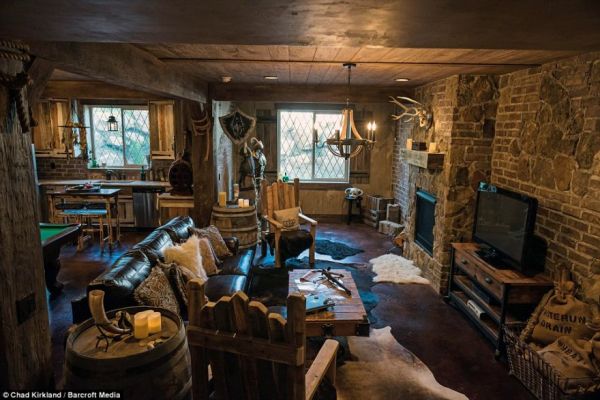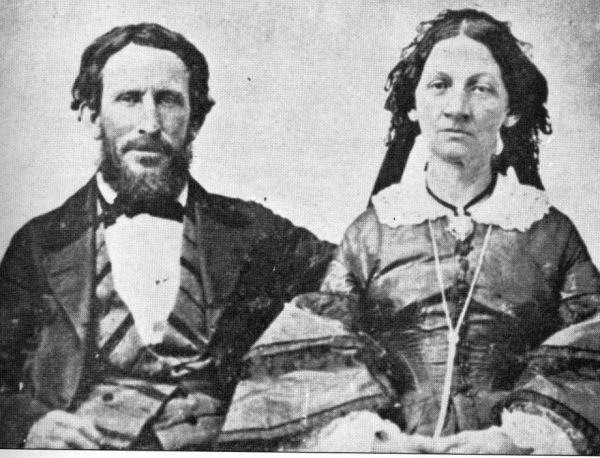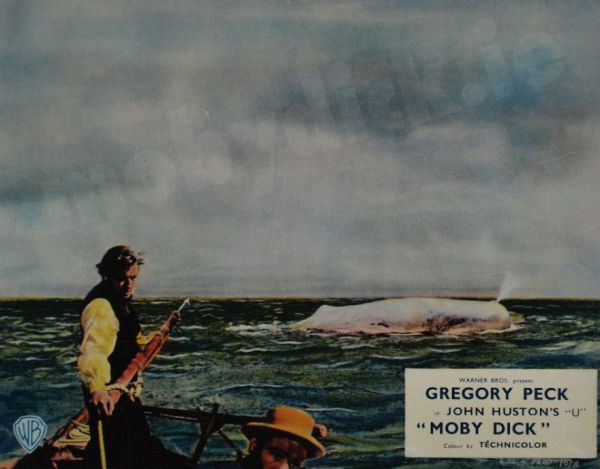by Cody Sullivan
An Ethiopian wolf mingling with gelada monkeys in Guassa Plateau.
Peaceful
interactions rarely occur between a predator and prey. But researchers
in Ethiopia caught wild wolves and monkeys called geladas intermixing
without agression.
The seemingly tamed wild wolves just up and walk through the monkey herd, while the monkeys act like the wolves don't exist.
Other carnivores on Ethiopia's Guassa Plateau, feral
dogs and servals mostly, hunt the gelada monkeys — it would seem that
the wolves would be a natural predator as well. But instead researchers
observed the two species happily intermixing for years.
This peaceful interaction could be similar to how dogs were first
domesticated by humans. "The gelada case is comparable to what early
domestication of dogs might have been like," study researcher Claudio
Sillero, of the University of Oxford,
told New Scientist's Bob Holmes.
From their observations, they think the mutual friendship helps the wolves hunt, by making rodents easier to spot and catch.
They reported the incident
in the Journal of Mammalogy
An uncommon friendship
High
up on the grassy Guassa Plateau 12,000 feet above sea level, gelada
monkeys travel in herds up to 700 members strong. With long fangs, and
wild manes of hair the gelada monkeys appear pretty vicious for an
herbivore that likes to eat flowers and seeds. They share these
grasslands with their main predators, servals and feral dogs, as well as
wolves.
According
to New Scientist:
"You
can have a wolf and a gelada within a metre or two of each other and
virtually ignoring each other for up to 2 hours at a time," says [study
researche Vivek] Venkataraman. In contrast, the geladas flee immediately
to cliffs for safety when they spot feral dogs, which approach
aggressively and often prey on them.
When the wolves enter the gelada
monkey herd, they alter their behavior to show the monkeys they aren't
aggressive. Normally wolves run in a zig zag pattern or make rapid
movements when searching for rodents. But when around monkeys they slow
down to a more sedate stalk even when hunting.
And even more surprisingly, the wolves in the study don't try to eat the baby geladas — an easy-to-get meal.
There's
always exceptions to the rule, of course, and during their observation
period the researchers did observe one altercation: One of the wolves
attacked a baby monkey. The adult geladas quickly mobbed the wolf, which
dropped the baby monkey unharmed and ran off.
Primates have been observed to
form associations with other animals, but, the authors write, these
relationships are rare and often fleeting. In contrast, the gelada's
relationship with the wolves is pretty stable — the researchers observed
it over the course of years — and it doesn't appear to be ending
anytime soon.
Why work together?
Other than engaging in fewer
fights, were there other benefits to these co-habitating creatures? The
researchers found that when these two species intermingle, the wolves
can snatch up rodents about 40% more often than when hunting away from
the monkeys.
Why? The researchers have two
theories: Either the geladas flush rodents out of their homes, making
them easy targets, or the rodents have trouble distinguishing between
the two similarly sized and colored animals, and don't run away from the
wolves.
While the wolves earn easier
meals, the monkeys don't seem to benefit from having the wolves around.
They don't scare away other predators that prey on geladas — the
researchers saw feral dogs kill numerous monkeys during the study.
Historically wolves also tagged along behind another species: humans. Thousands of years ago
researchers believe
that wolves scavenged along the outskirts of human settlements or
groups. While the humans probably killed aggressive wolves, the
non-aggressive wolves were tolerated and eventually domesticated after
people found value in them as hunters and possible companions.
















 THE WRITER AT SEA
THE WRITER AT SEA




